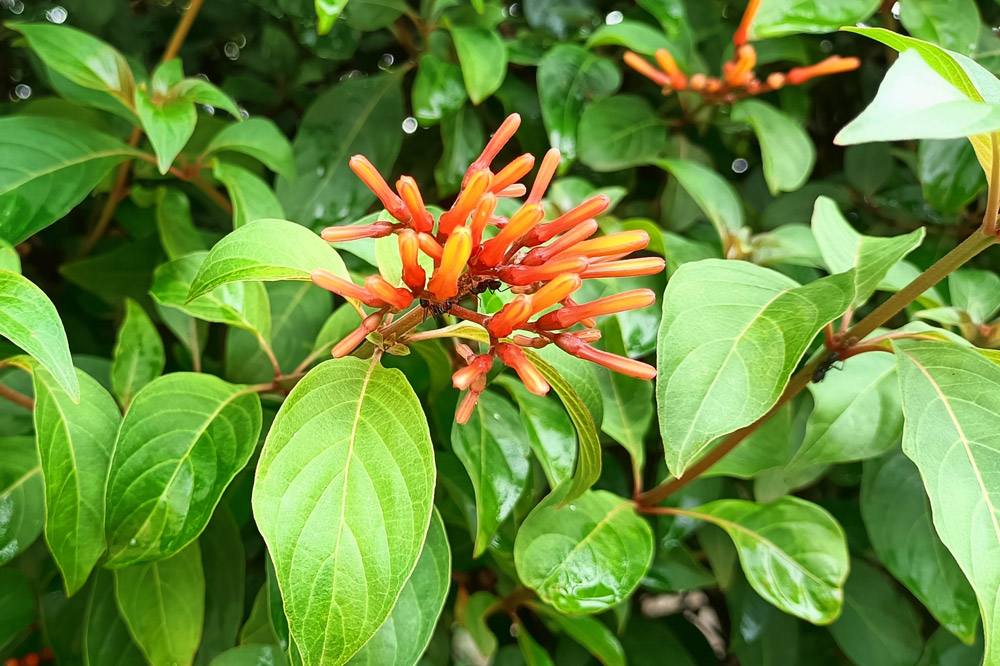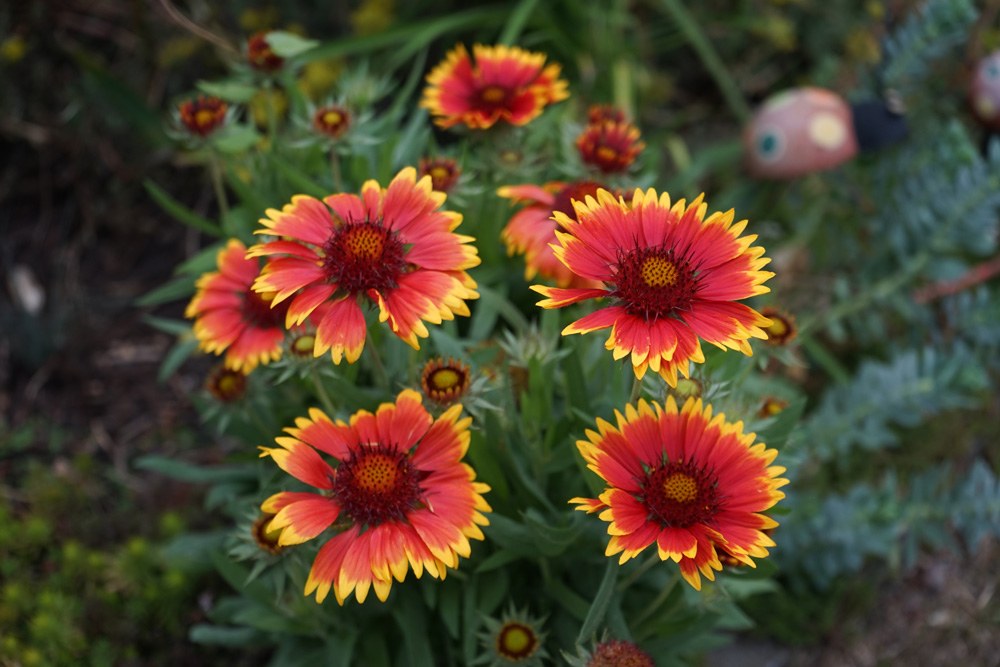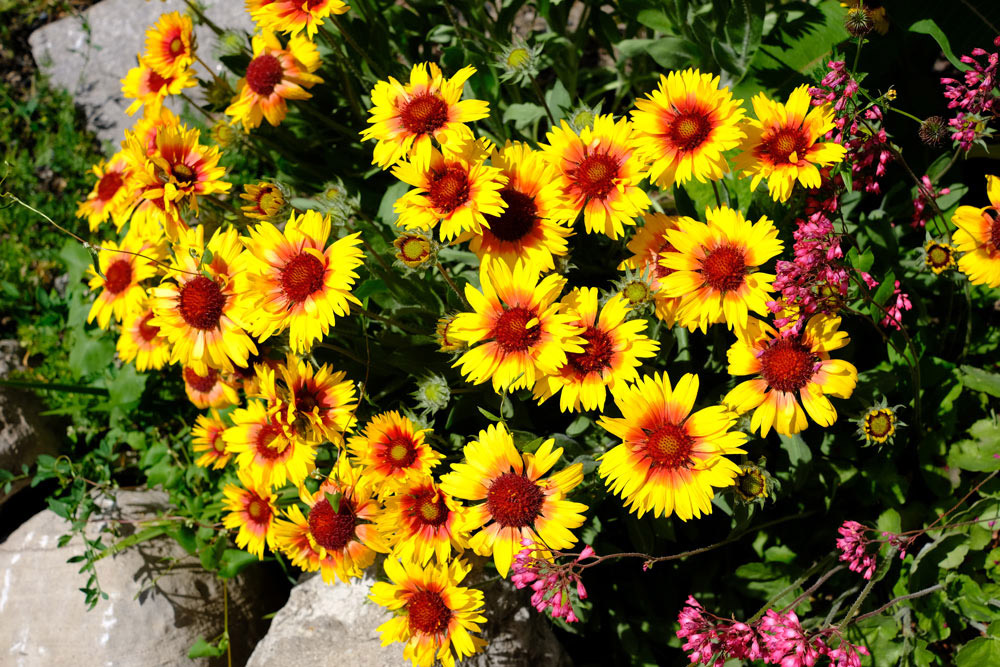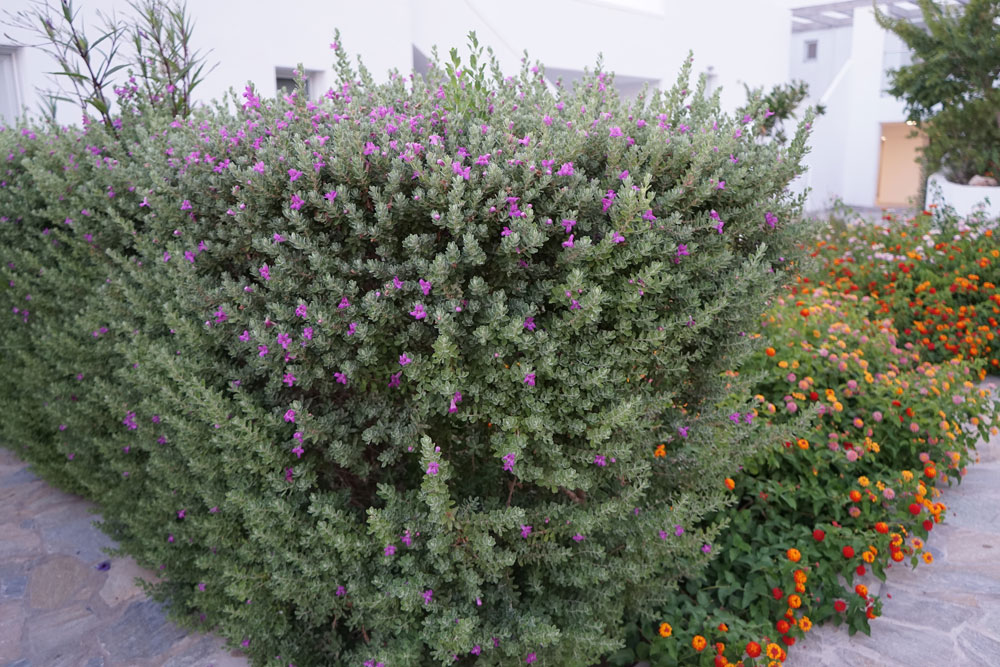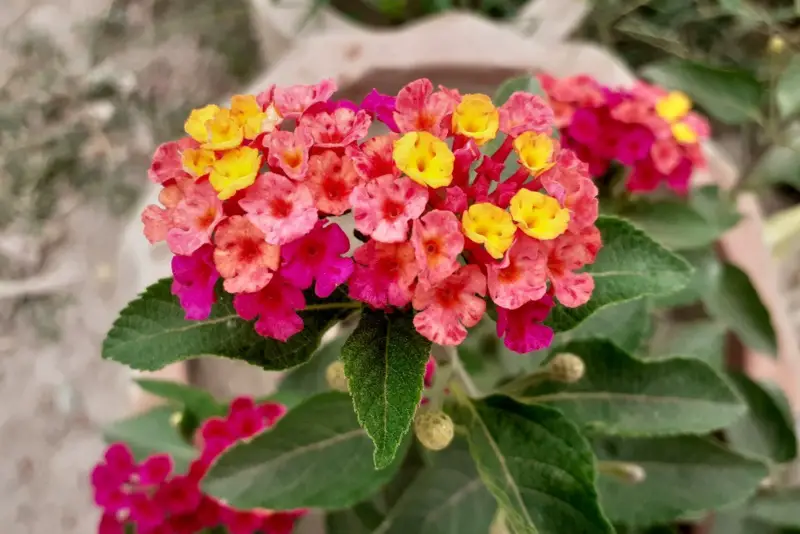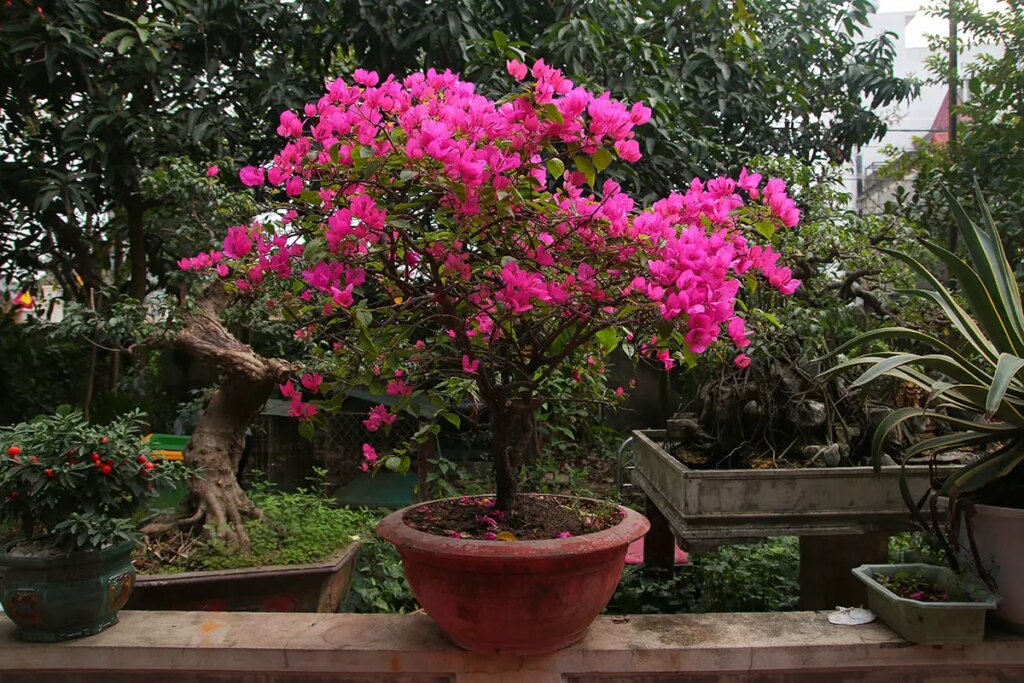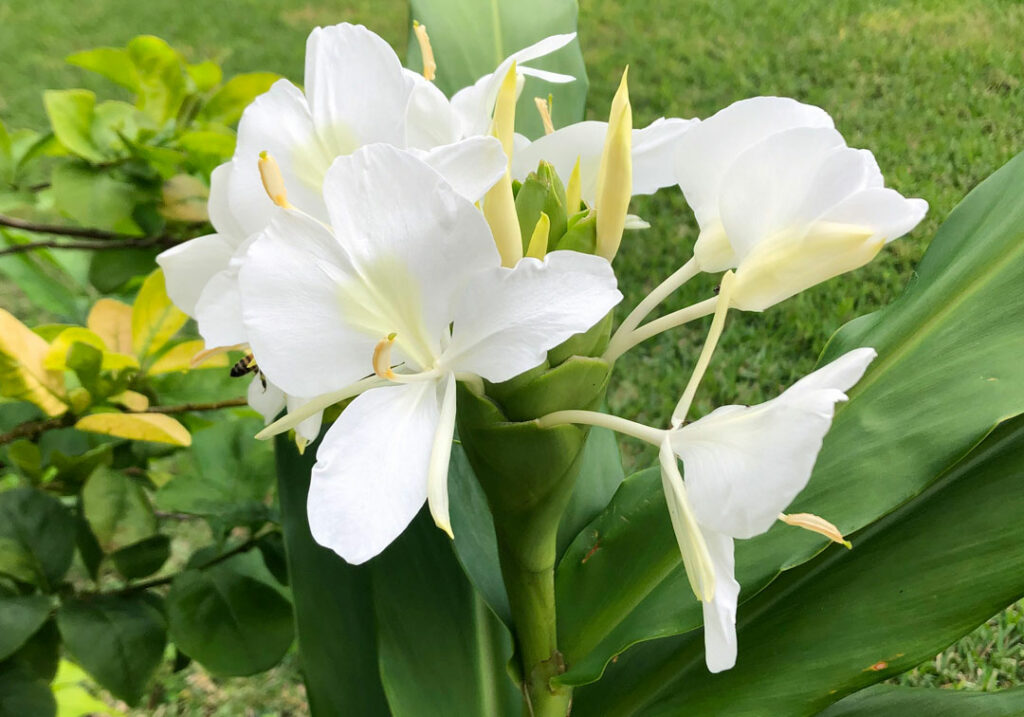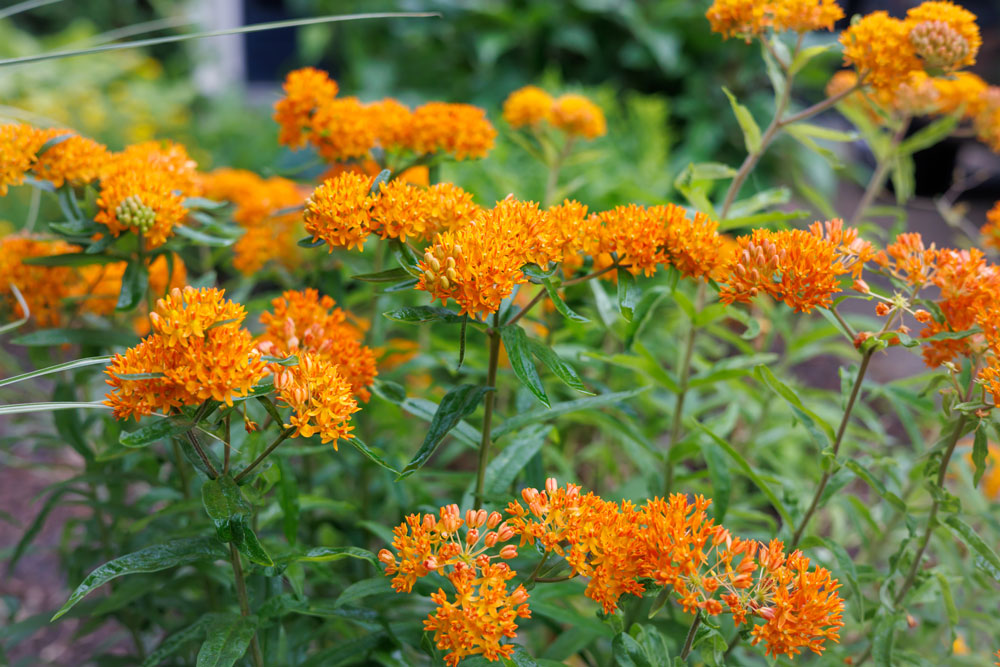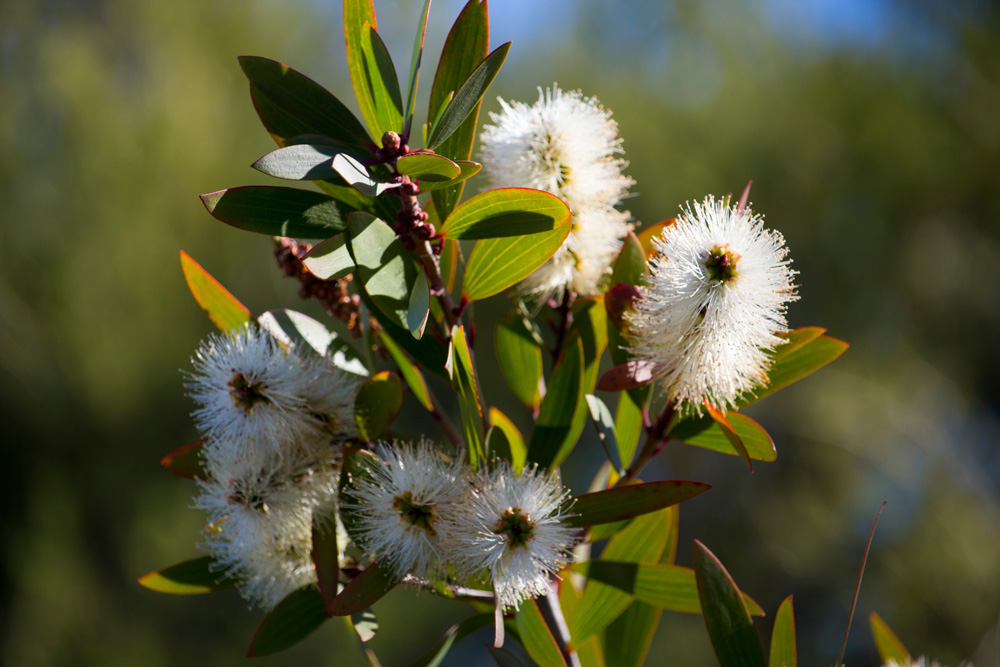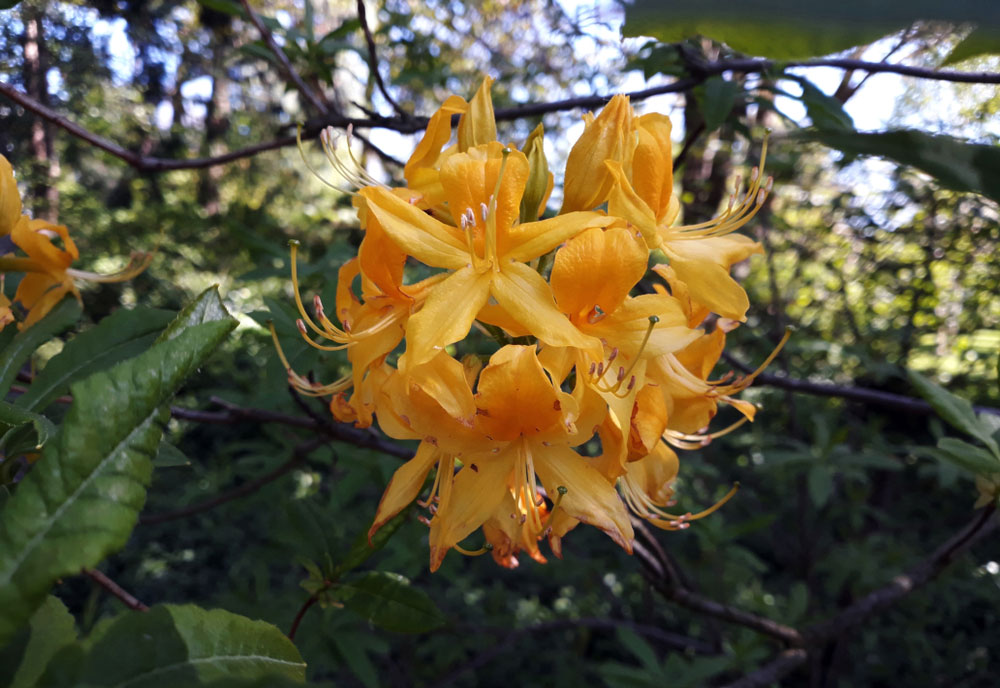
If you live in Florida and desire a beautiful, low-effort garden, native shrubs are your best bet. Florida native shrubs are specifically adapted to the local climate, making them the ideal choice for low-maintenance landscaping.
These plants require less water, fewer fertilizers, and minimal pruning compared to non-native species.
Imagine a garden that flourishes with minimal input, a landscape that thrives through local weather cycles with little to no intervention on your part. This is possible with the right selection of Florida native shrubs. Their natural resilience to pests and diseases means you can enjoy a vibrant, healthy garden without the constant upkeep.
With the right choices, you can have a gorgeous outdoor space that both supports local ecosystems and saves you time. Discover the best shrub options that can transform your yard into a stunning, sustainable oasis.
Understanding Florida’s Native Shrubs
Florida’s native shrubs play essential roles in local ecosystems by offering numerous ecological benefits and demonstrating unique habitat adaptations suited to the state’s environment.
Ecological Benefits
Florida native shrubs provide critical habitat and food for local wildlife. These plants support birds, insects, and small mammals by offering berries, nectar, and shelter. As a result, they contribute to biodiversity and ecosystem stability.
In addition, these shrubs improve soil health through deep root systems that prevent erosion. This also aids in increasing the water retention capacity of the soil, which is crucial in both wet and dry seasons. Native shrubs often have lower water and nutrient needs, reducing the need for supplemental watering and fertilizers.
Habitat and Adaptations
Florida’s native shrubs have adapted to various environmental conditions such as sandy soils, high humidity, and frequent tropical storms. These adaptations make them resilient and low-maintenance for gardening and landscaping.
Specific species like Wax Myrtle and Saw Palmetto thrive in sandy, well-drained soils typically found in Florida. These shrubs are also designed to withstand periods of drought, making them ideal for Florida’s intermittent dry spells. Additionally, their robust root systems help them survive strong winds and hurricanes.
These unique adaptations help native shrubs outcompete invasive species, thus maintaining the health and balance of local ecosystems. By choosing native shrubs, you support sustainable landscaping practices that benefit both your garden and the broader environment.
Selection and Planting
Choosing the right low-maintenance native shrubs for your Florida garden involves considering species, soil, and exposure. Proper planting techniques ensure healthy growth and longevity.
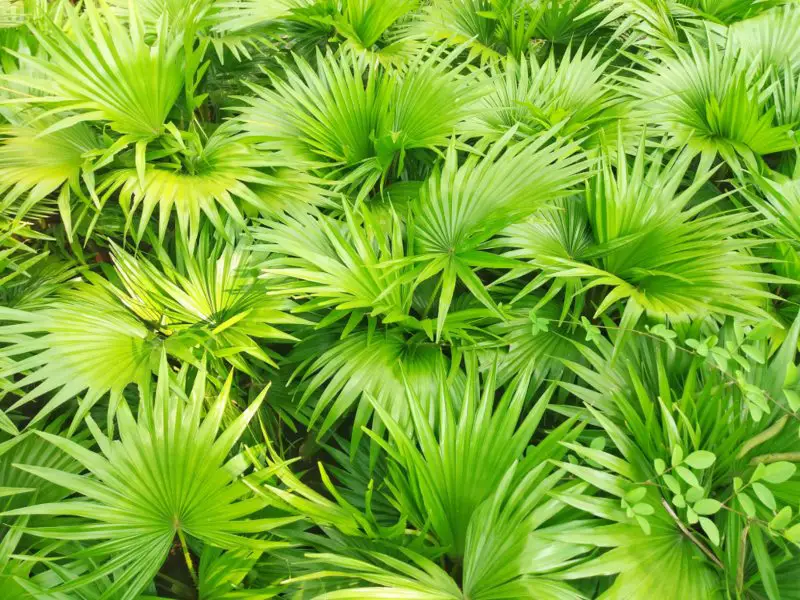
Choosing the Right Species
Select species adapted to your specific region in Florida. Consider Saw Palmetto (Serenoa repens), known for its fan-shaped leaves, or Simpson’s Stopper (Myrcianthes fragrans), a versatile shrub with fragrant blooms.
Use Extension Services to learn more about local variants. Opt for shrubs resistant to pests and diseases. Avoid invasive species to protect local ecosystems.
Soil and Exposure Considerations
Florida’s soil varies widely; coastal areas may have sandy soil. Conduct a soil test to determine pH and nutrient levels.
Majority of native shrubs prefer well-drained soil. Position shrubs according to light requirements; some thrive in full sun, while others need partial shade. Pay attention to moisture levels—some species are drought-tolerant, while others need consistent watering.
Planting Guidelines
Plant during the cooler months, typically fall or winter, to reduce water stress. Dig a hole twice the width of the root ball but the same depth.
Place the shrub with the root flare visible above ground. Backfill with native soil and water thoroughly. Mulch around the base to retain moisture and suppress weeds, keeping it clear of the stem to prevent rot.
Regular but moderate watering helps establish roots.
Care and Maintenance
Low-maintenance Florida native shrubs require specific attention to watering, pruning, and pest control. Following these guidelines ensures healthy growth and resilience.
Watering Needs
Most Florida native shrubs are drought-tolerant once established. When planting, water thoroughly to help roots establish. Afterward, regular watering can be reduced. During dry periods, water once a week. Over-watering can lead to root rot and other issues. Consider using a drip irrigation system to ensure water reaches the roots directly.
Pruning Techniques
Pruning helps maintain shape and health. For many native shrubs, light pruning after the flowering season encourages new growth. Remove any dead or damaged branches. Clean pruning tools to prevent disease spread. For larger shrubs, you may need heavier pruning every few years.
Dealing with Pests
Florida native shrubs are generally pest-resistant, but some pests can still pose problems. Regularly inspect your shrubs for signs of infestation. Use neem oil or insecticidal soap for treatment. Encourage beneficial insects like ladybugs and lacewings to help control pest populations naturally.
Designing with Native Shrubs
Using Florida native shrubs in your landscape design can help create a sustainable, beautiful, and low-maintenance garden. These shrubs can be used to create natural landscapes, serve as focal points or accents, and complement other plants.
Creating Natural Landscapes
Native shrubs such as Simpson’s stopper and dwarf yaupon holly work well to create natural landscapes in your garden. These plants thrive in Florida’s climate and require minimal care once established. By incorporating native shrubs, you can achieve an aesthetic that reflects the local environment and fosters biodiversity.
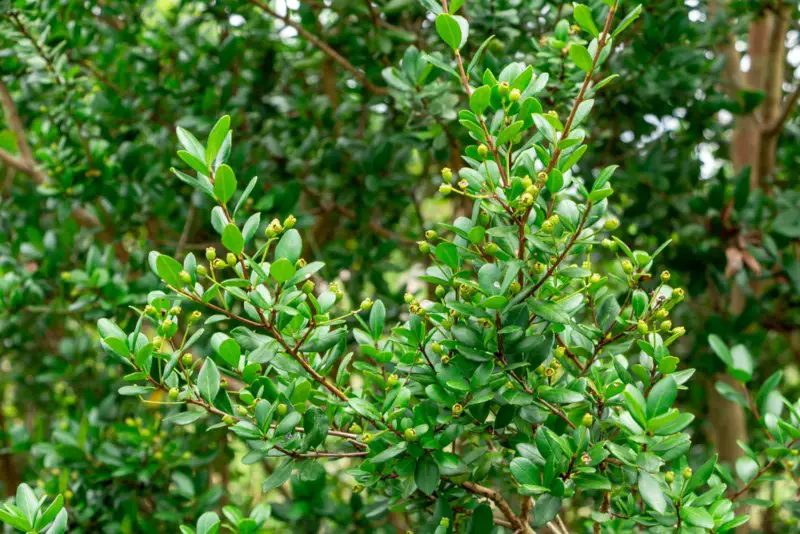
When designing with native shrubs, clustering them mimics natural growth patterns. Use mulch or ground covers like sunshine mimosa to maintain moisture and reduce weeds. Select a variety of species to ensure year-round interest and support local wildlife.
Focal Points and Accents
To make your garden visually appealing, use native shrubs like coontie or firebush as focal points. These plants have standout characteristics, such as striking foliage or vibrant flowers, that draw the eye. Position them strategically in areas where you want to create instant impact.
Accenting pathways with native shrubs can guide visitors through your garden. Consider using saw palmetto for its dramatic, fan-shaped leaves. For a touch of color, beautyberry offers striking purple berries in fall. Use lighting to highlight these features at night.
Companion Planting
Pairing native shrubs with compatible plants can enhance your garden’s health and beauty. For example, coffee plants grow well alongside wild coffee, benefiting from similar water and light needs. Integrating ground covers like frogfruit can help control weeds and retain moisture around your shrubs.
Consider the growth habits and requirements of each plant to ensure they thrive together. Eastern red cedars pair well with tall grasses like Muhly grass, providing a contrast in texture and height. This synergy not only improves visual interest but also minimizes the need for interventions like fertilizing and pest control, further reducing maintenance.
Conservation and Sustainability
Conservation and sustainability form the backbone of utilizing native shrubs in Florida. Embracing these practices fosters a healthier ecosystem and supports biodiversity.
Supporting Local Ecosystems
Native shrubs play a vital role in maintaining local ecosystems. They provide essential habitats for Florida’s wildlife, including birds, insects, and small mammals. By planting native shrubs, you support the food chain and help sustain animal populations. Native plants have adapted to the local climate and soil conditions, requiring less irrigation and fewer soil amendments, which conserves water and reduces soil erosion.
These plants also offer resistance to local pests and diseases, lowering the need for chemical treatments. Another benefit is the preservation of genetic diversity within native plant species, which is crucial for long-term ecological stability. Incorporating these shrubs into your landscaping maximizes the resilience of the local environment.
Sustainable Practices
Sustainable practices are key when planting native shrubs in Florida. Opt for shrubs that are drought-resistant to minimize water usage. Mulching around the plants helps retain soil moisture and suppress weeds, reducing the need for frequent watering and chemical herbicides.
Choose slow-release fertilizers that ensure nutrients are gradually supplied to the soil, promoting healthy growth with minimal environmental impact. Recycle garden waste by composting leaves and branches to create natural soil amendments. Finally, avoid invasive species that can outcompete native plants, disrupt local ecosystems, and require greater maintenance.
By following these practices, you contribute to a sustainable environment that benefits from low-maintenance, native shrubs.
Frequently Asked Questions
Low-maintenance Florida native shrubs are perfect for creating sustainable gardens that thrive in local conditions. They support local wildlife and often require less water and care.
What are the ideal low-maintenance shrubs for Florida landscapes?
Some ideal options include Saw Palmetto, Firebush, and Simpson’s Stopper. These shrubs are hardy, adaptable, and capable of withstanding various local conditions.
How do Florida native plants benefit local wildlife?
Florida native plants provide essential food and habitat resources for local birds, butterflies, and other animals. They support a diverse range of native species and promote ecological balance.
Which Florida native shrubs thrive in full sun conditions?
Shrubs like Dune Sunflower, Beautyberry, and Sea Grape excel in full sun. They have adapted to Florida’s bright, sunny environment and need minimal additional care.
When is the optimal planting season for shrubs in Florida?
The best time to plant is during the cooler months, from October to March. This allows the shrubs to establish roots before the hotter, drier periods arrive.





